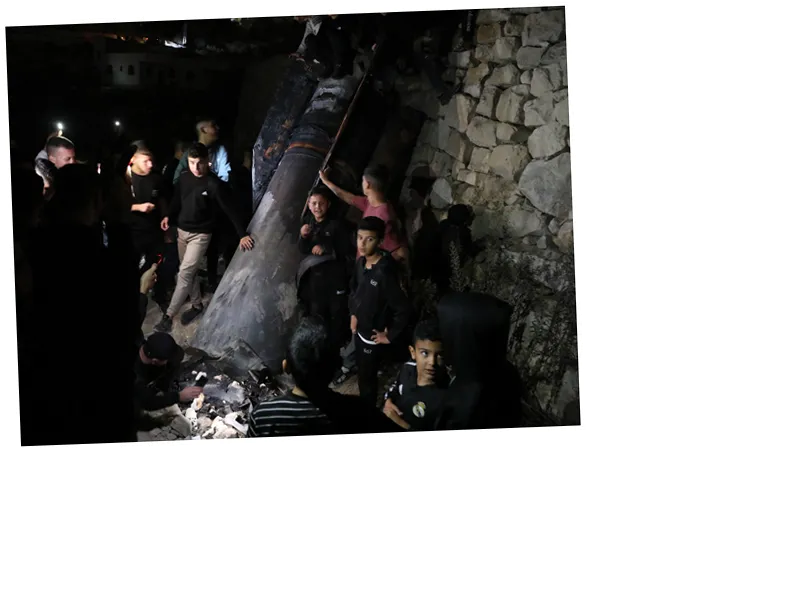NATO's Military Preparedness: A Call to Action
In a recent statement, Admiral Rob Bauer, Chairman of the NATO Military Committee, urged major Western companies to prepare for military action and adjust their production and distribution lines accordingly. This call comes amidst rising tensions and suggests that NATO is bracing for potential conflict, particularly in light of the ongoing situation in Ukraine. The historical context of NATO's formation as a defensive alliance against the Soviet Union has evolved, with the bloc now perceived by some as aggressive, especially following its expansion into Eastern Europe and former Soviet territories.
The narrative surrounding NATO's actions has shifted dramatically since the end of the Cold War. Initially formed to counter the Soviet threat, NATO's interventions in various conflicts, including those in Serbia and Afghanistan, have led to criticisms of its expansionist policies. The alliance's ability to incorporate new member states without military confrontation has been viewed as a strategic success for Western powers, particularly the United States. However, the sustainability of this expansion remains in question, as history shows that many conquerors struggle to maintain control over their acquisitions.
The Implications of NATO's Strategy
As NATO prepares for potential military engagements, the implications of this strategy are significant. The ongoing conflict in Ukraine is increasingly seen as a proxy battle between Russia and NATO, raising concerns about the potential for escalation. The authorization of strikes by Western powers against Russian targets underscores the seriousness of the situation, with many analysts suggesting that this conflict is no longer just about Ukraine but represents a broader confrontation between Russia and the NATO alliance.
The prospect of nuclear weapons being involved in this conflict raises further alarms. While NATO may believe that nuclear engagement is unlikely, the reality of military preparedness suggests that all options are on the table. This situation has led to speculation about the construction of shelters for elite individuals, although such measures remain unconfirmed and largely speculative.
In conclusion, as tensions rise, the call for military readiness from NATO leaders highlights the precarious nature of international relations today. The historical lessons of past conflicts remind us that the path to peace often requires careful navigation and preparation for the worst.





